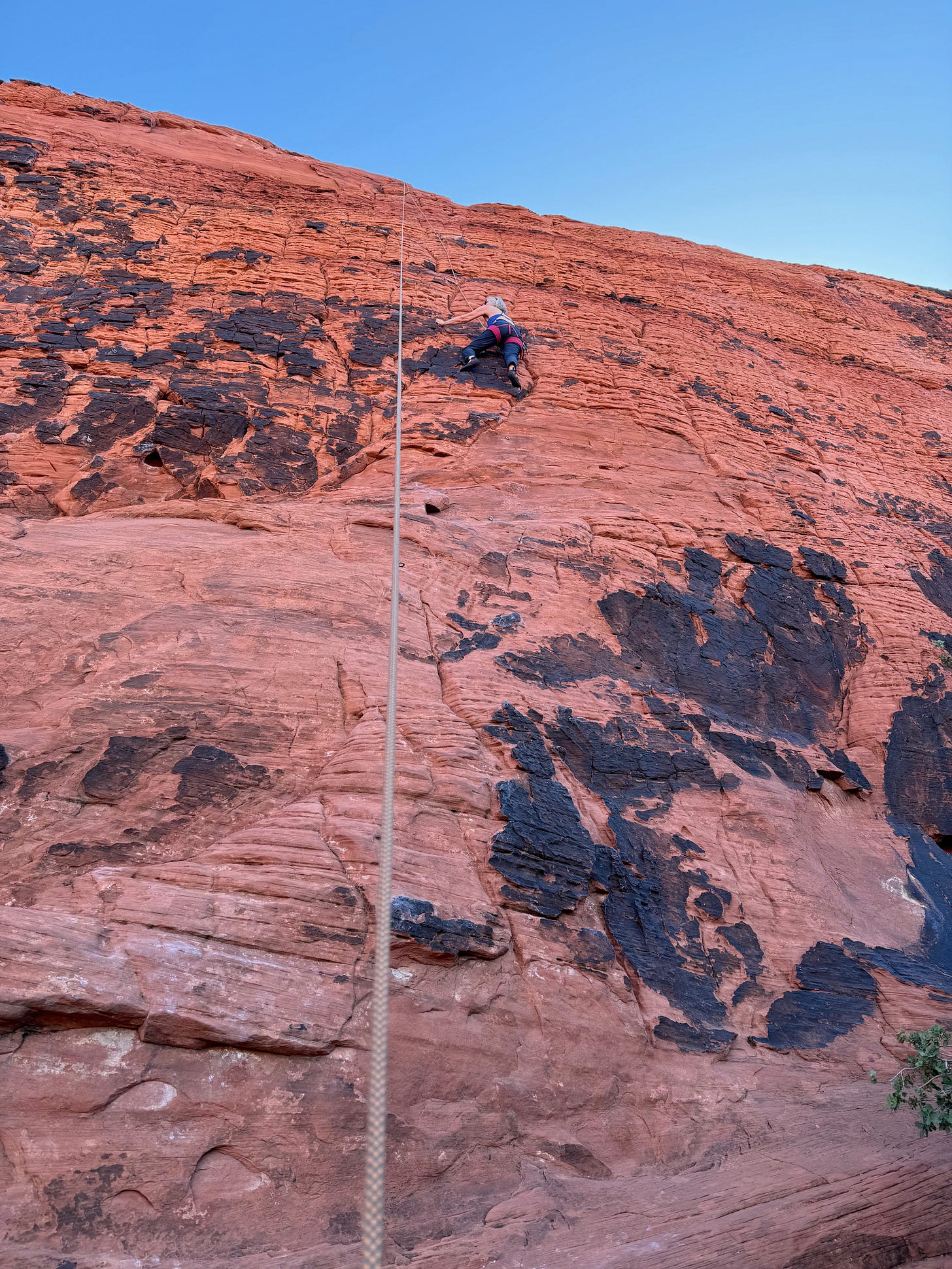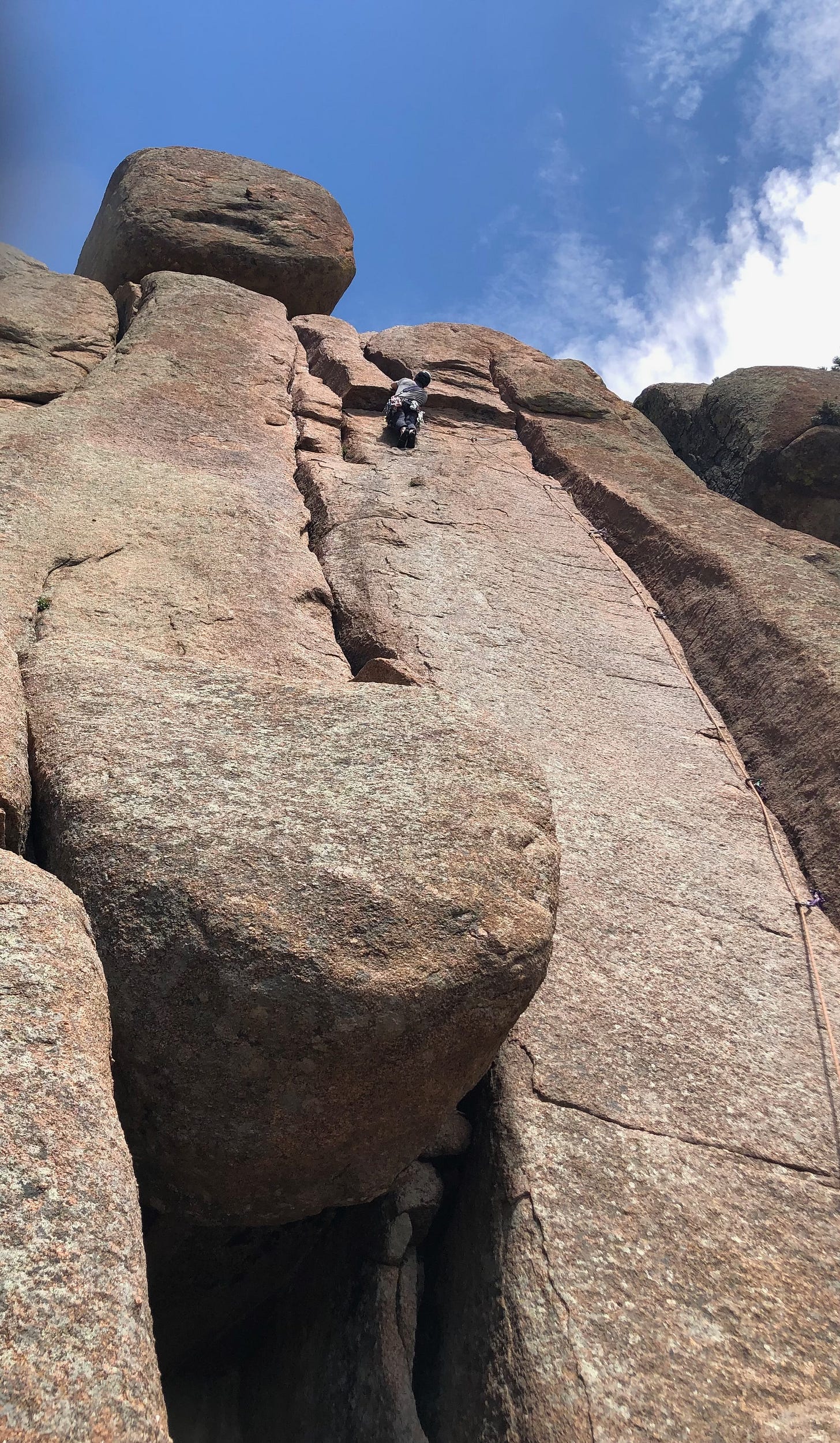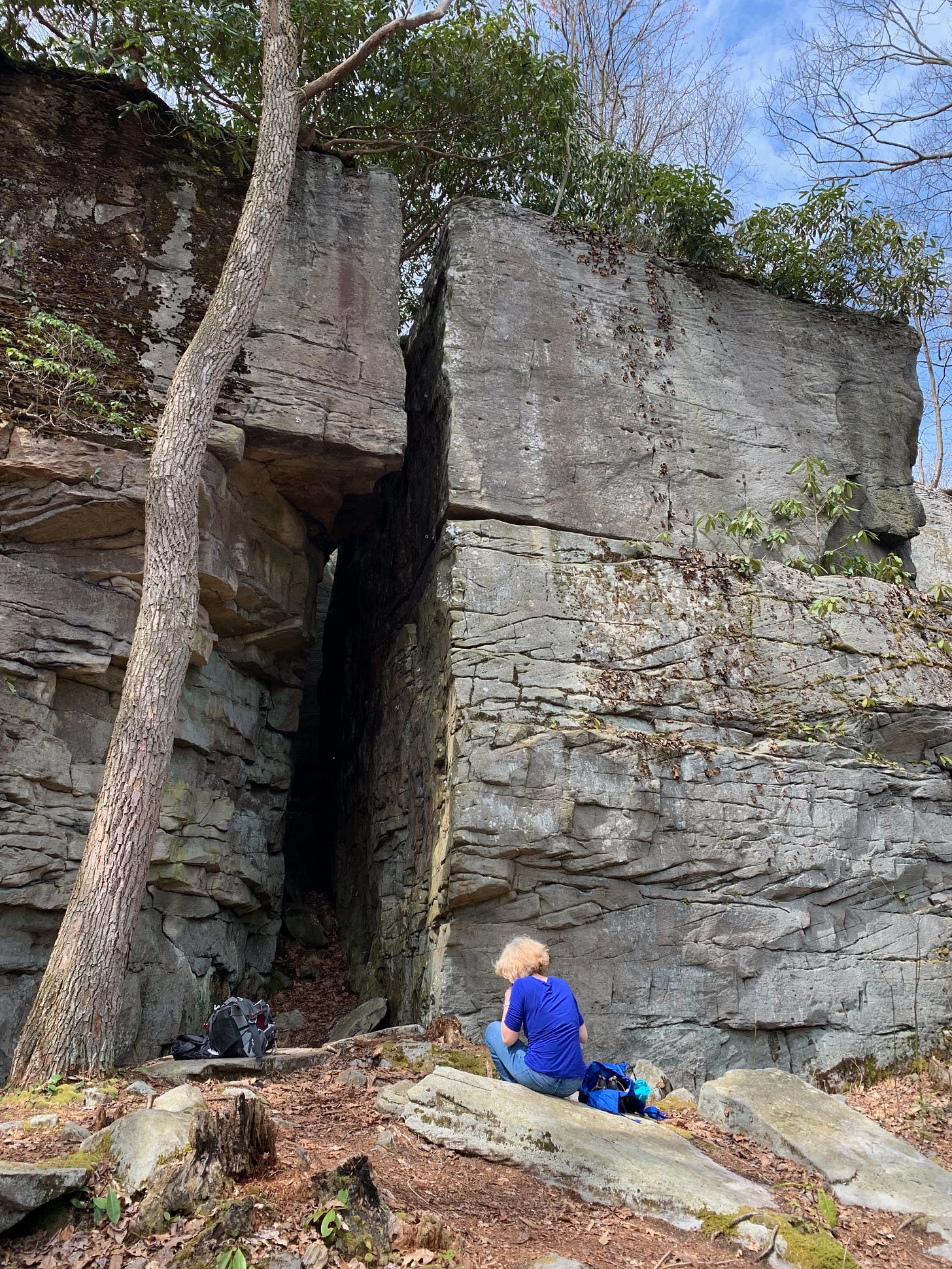What is Mike Lee hiding?
He’s still a libertarian wolf despite MAGA sheep clothing.
Buried deep in the Senate’s version of the budget reconciliation bill is a provision that would require — yes, require — the government to sell off 2 million acres of public lands within five years, and make available another 250 million acres for sale.
Even the House backed away from a similar but smaller (500,000 acres) provision after it faced bipartisan opposition led by Ryan Zinke (R-MT), currently representing Montana in Congress and a former Secretary of the Interior. “Once the land is sold, we will never get it back. God isn’t creating more land.”
The coalition opposing the measure seems powerful but tenuous to me. It includes the Wilderness Society, Montana Conservation Voters, Trout Unlimited, the Theodore Roosevelt Conservation Partnership, Outdoor Recreation Roundtable. As the Daily Montanan reports,
“Tens of thousands of Montana hunters, anglers, and other outdoor enthusiasts have been flooding the Capitol switchboard, attending weekend rallies, and writing letters and postcards to Congress, asking that the public lands transfer amendment be killed,” said Mike Mershon, board chair and president of the Montana Wildlife Federation, in a statement.
and
“Selling our shared public lands to pay for tax cuts for the rich was and is an awful, un-American idea, and we appreciate Rep Zinke’s work to keep it out of the bill. His colleagues never should have considered it in the first place,” Lydia Weiss, senior director for government relations at The Wilderness Society, said in a statement.
The bill was also opposed by climbers’ groups, led by the Access Fund.
With the help of the Outdoor Alliance GIS Lab, the Access Fund found that 100,000 miles of trails, 3,405 river miles, and 45,000 climbing routes across 11 states are threatened, including major climbing areas in California, Arizona, Idaho, Utah, and Wyoming (maps here and here).
I say “tenuous” because relations between climbing and other outdoor activities aren’t always smooth. When I lived in Pittsburgh, our favorite crag near enough to day-trip to was Lost Crag, on State Game Land 51, near Ohiopyle, about 75 minutes from the city. That is, until it and five other climbing areas were closed to climbing in early 2022. The reason? Hunters complained that climbing interfered with hunting. In its decision, the state said:
“State game lands are different from other public properties in that their primary purpose is to provide wildlife habitat and hunting and trapping opportunities for license buyers. Other recreation on game lands often is permitted, though some activities are prohibited or limited during hunting or trapping seasons.”
This is particularly disingenuous in the case of Lost Crag, which consists of a small set of freestanding cliffs with few trees — and little wildlife — in the immediate vicinity.
At least there was a process — and an appeal — available in the case of the Pennsylvania lands. (The climbing community lost on appeal.) And at least the lands were not sold off to the highest bidder and ruined as wilderness.
Neither is the case when it comes to the U.S. Senate legislation. As the Center for American Progress notes, there would be no public input, and little public notice:
The bill requires some consultation with local government, governors, and tribes, but no opportunity for public input. Currently, identifying public lands for potential disposal involves a transparent, public process, but those requirements would be erased by the bill. While lands directly identified for sale by land management agencies are supposed to be publicized, nominations by private interests are not covered by that requirement. Agencies are not even required by the bill to disclose when public lands have actually been sold or to whom; instead, the public may only find out when they show up and see “no trespassing” signs.
Moreover, some of the land will be specifically designated for housing, with “no requirements for affordability or density, and there would be no significant guardrails to prevent valued public lands from being sold for trophy homes, pricey vacation spots, exclusive golf communities, or other developments.” The remainder could be used for almost any private purpose; presumably much of it will go for mining and logging.
As Azcentral reports, in its state alone:
Over 14 million acres of public land across Arizona, including popular areas like Sabino Canyon and Mount Lemmon near Tucson, could be eligible for sale if a Republican-backed measure passes the U.S. Senate.
Mount Lemmon — and Cochise Stronghold, which is also included in the bill — are Arizona’s premier destinations for climbers.

Which brings us to Mike Lee, who, as chair of the Senate Energy and Natural Resources Committee, has spearheaded this legislation.
Wait, you ask — is this the same Mike Lee who made fun of the shootings of Minnesota lawmakers last week? The same.
Lee is a member of The Church of Jesus Christ of Latter-day Saints and served a two-year mission in the Texas Rio Grande Valley. He went to BYU and clerked twice for Samuel Alito (at the Third Circuit and then again after Alito was elevated to the high court).
Lee’s father, Rex Lee, was Solicitor General in the Reagan administration and had been the first dean of the BYU law school that his son would graduate from. This is another tiresome example of the opposite of DEI — hiring someone because they’re the “right” race, gender, religion, and sexual orientation. (Jon Stewart recently told a “what-the-f***-is-wrong-with-that-guy story” about Mike Lee here at about the 23:30 mark.)
Lee still has strong libertarian instincts. Remarkably, he “voted against the National Defense Authorization Act of 2014, which allowed the government to detain without trial anyone—including U.S. citizens—suspected of fighting with al-Qaeda.”
Of course, that was when Obama was the president detaining U.S. citizens. Has Lee defended due process lately, under a Republican president? Sorry, no. Libertarianism is fine, as long as it doesn’t interfere with MAGA loyalties.
Lee’s state, Utah, is one of only two with five national parks. National parks are immunized from the predations of Mike Lee and his strip-mining legislation. The law would sell off lands that have a different, lesser protected status — those managed by the U.S. Forest Service and the Bureau of Land Management. Utah also has a giant share — 8.4 million acres — of wilderness lands.

The different statuses of public lands is confusing and can seem arbitrary. Consider Yellowstone National Park. To the south is Grand Teton, which also has the exalted status of being a national park. But south of Grand Teton are three national forests, including the Bridger–Teton National Forest, home of my first backpacking trip back in 1982.
Surrounding Yellowstone to its north and east is the Custer Gallatin National Forest. Does it make sense to treat these lands entirely differently? The Sierra Club notes that Custer Gallatin “is an integral part of the vast Greater Yellowstone Ecosystem, the most intact temperate ecosystem remaining in the northern hemisphere.”
(My first trip to Yellowstone, we camped with walk-in permits. You can’t camp in a national park without a permit, but wilderness lands are fair game. We arrived the night before and pitched a tent in a clear flat area a hundred yards across the “border” in Custer Gallatin. It turned out our spot was clear and flat because it was an animal trail, which I discovered when I got up to pee and saw, in a dim pre-dawn light, a pair of moose, heading down to a watering hole.)
While the world is busy decrying Mike Lee’s tweets, the language he buried in the Senate reconciliation bill would drive a wedge onto the borders of our national lands and pry off hundreds of millions of acres, potentially stripping their mountaintops, sending topsoil into nearby rivers, and building logging and mining roads across them so as to better denude them of their forests and blast mines deep into their hearts.




